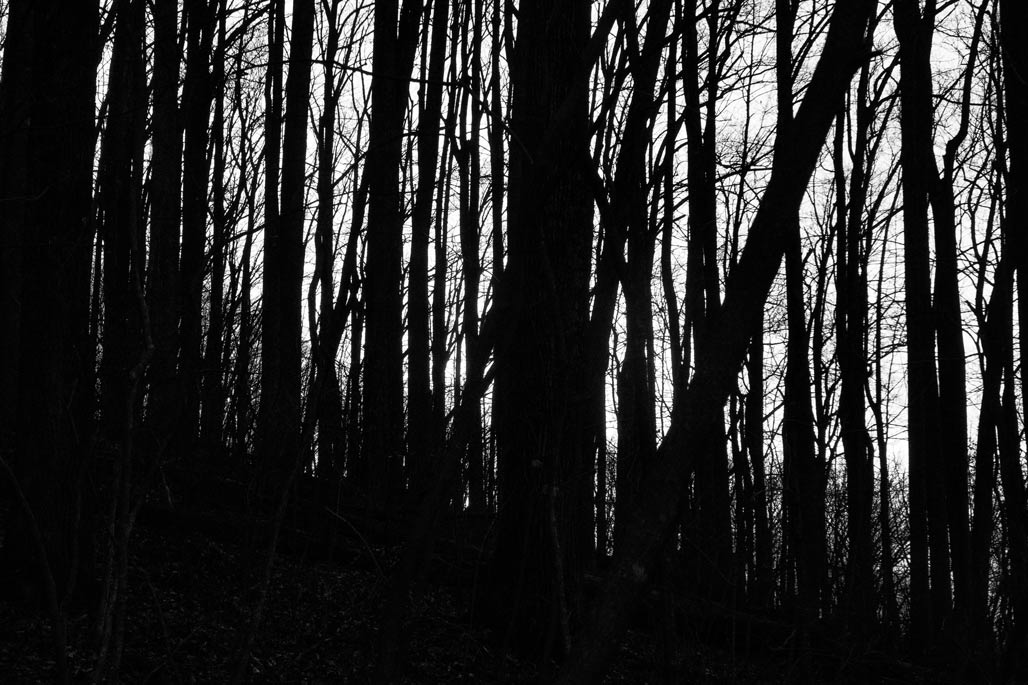
It is complicated

photography from the Chesapeake Bay watershed by Bill Emory


The fruit people love to hate, gum balls. Goldfinches, purple finches, squirrels, and chipmunks eat the seeds of the tree. The long-persisting fallen spiked fruits can be unpleasant to walk on; sweet gum is banned in some places for this reason–Wikipedia




3. Community Meeting – ZMA 202200013 Power Plant Residences
PROJECT: ZMA202200013 Power Plant Residences
MAGISTERIAL DISTRICT: Scottsville
TAX MAP/PARCEL(S): 07800-00-00-021B1
LOCATION: South side of E. Market Street, approximately 60 linear feet southeast of the municipal boundary between the City of Charlottesville and Albemarle County, VA
PETITION: Rezone 0.61 acres of Preserved Steep Slopes Overlay Zoning District to Managed Steep Slopes Overlay District on TMP 07800-00-00-021B1. No changes to the underlying primary R4 Zoning District are proposed with this application.
5th & Avon Community Advisory Committee
Date: 05/18/2023 7:00 PM – 8:30 PM
Location: 5th Street County Office Building, Room B
1600 5th Street Ext
Charlottesville, Virginia 22902





